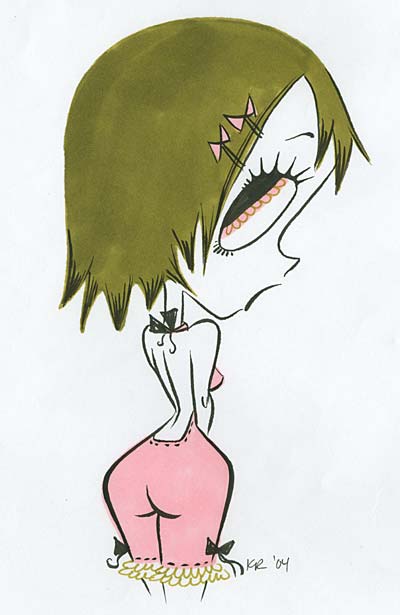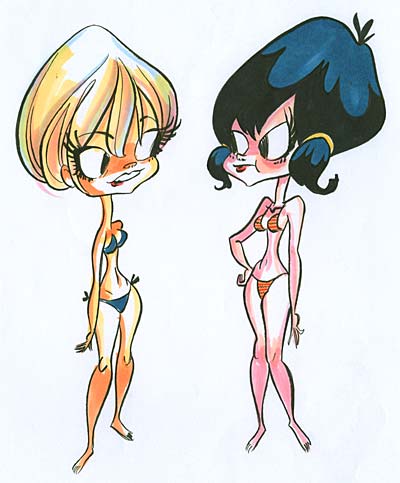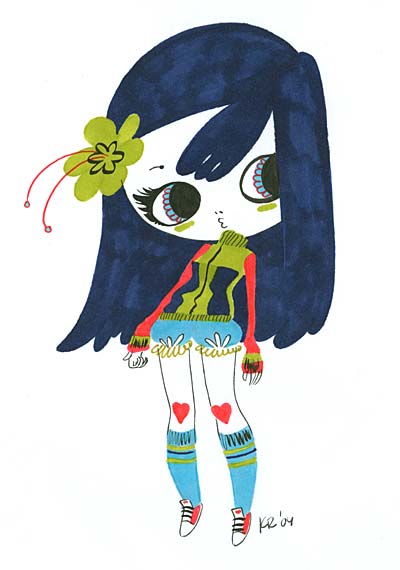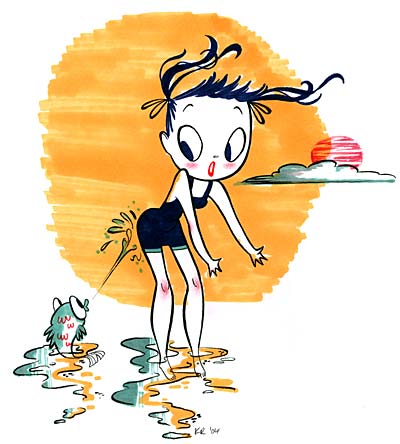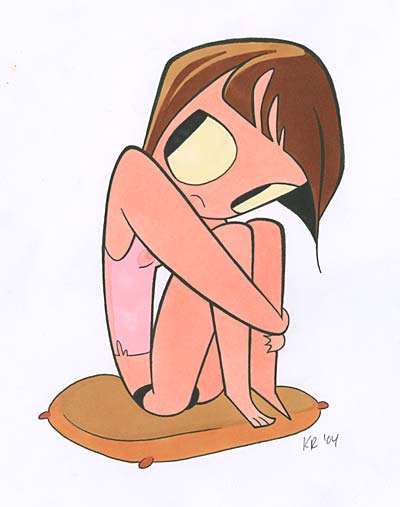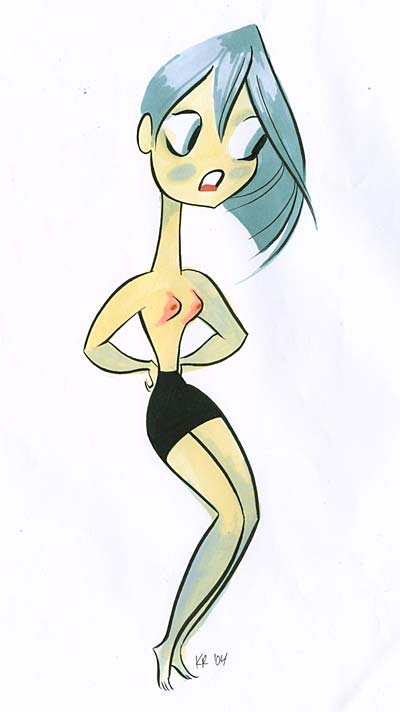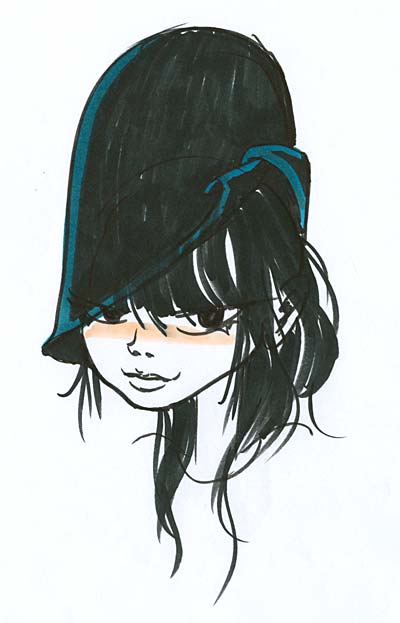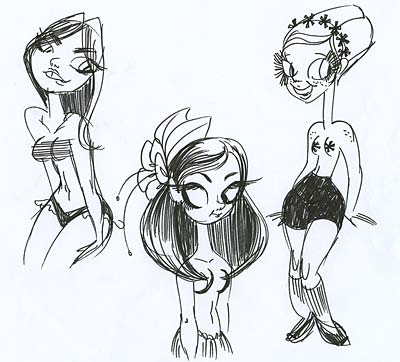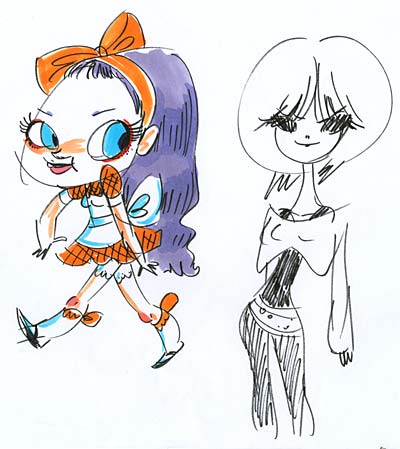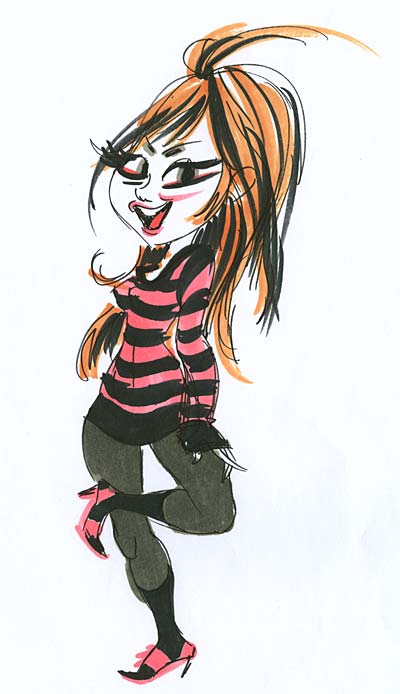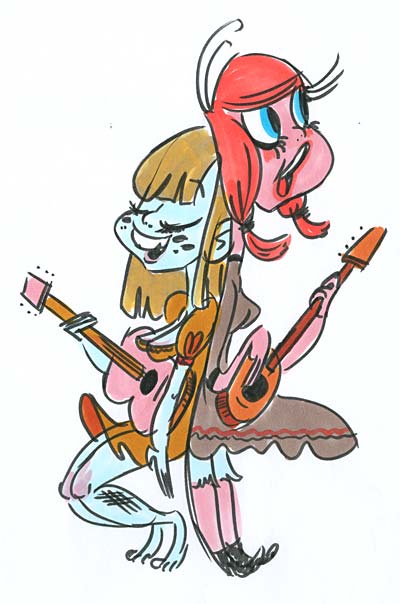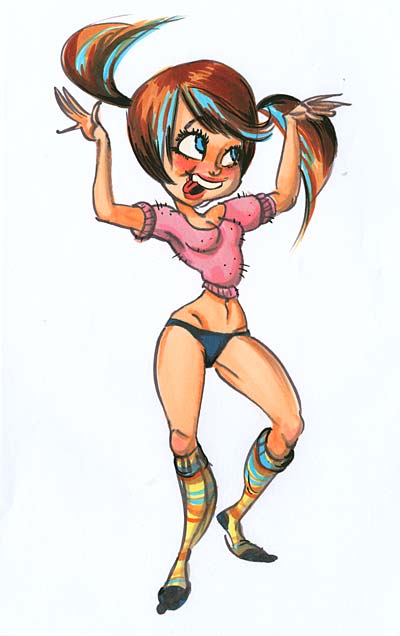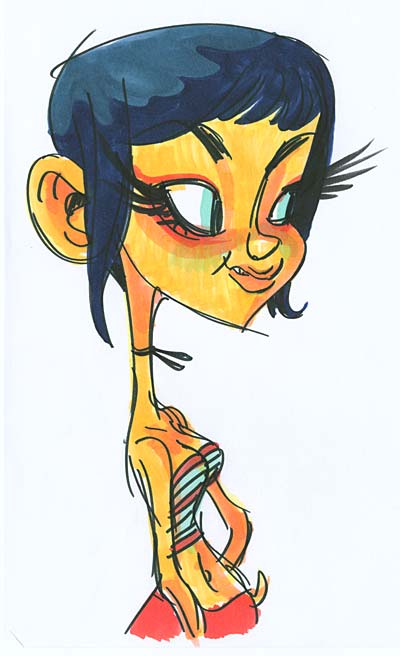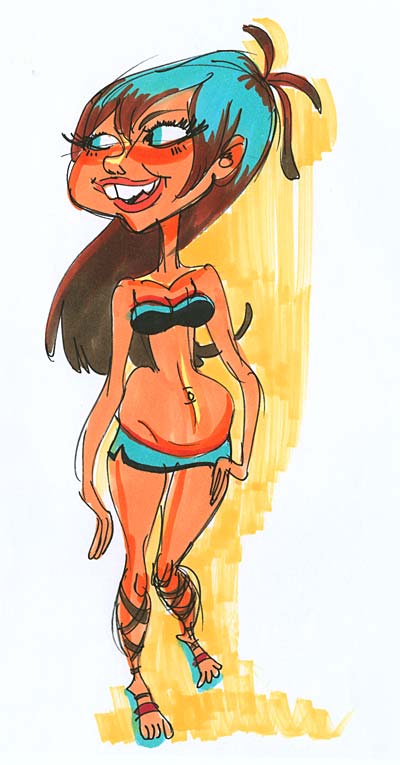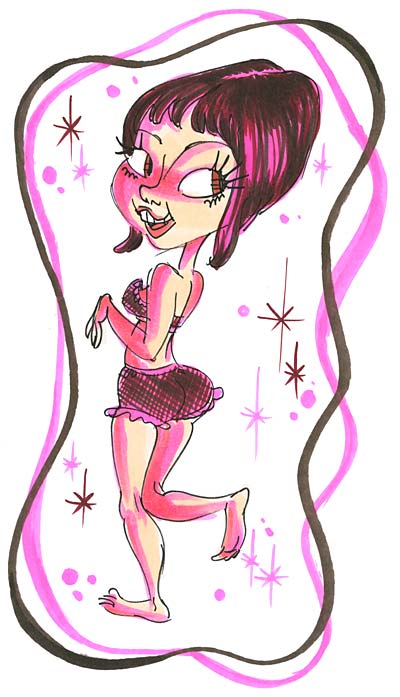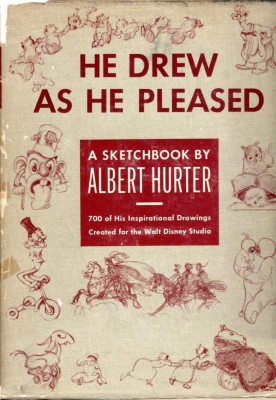Today, I would like to introduce you to JoJo Baptista, Animation Resources’ Director of Education. Over the next year, JoJo will be assembling articles for this website as well as hands on online courses in drawing and design for the membership of Animation Resources. -Stephen Worth
Jim Smith Applies Specific Expressions
By JoJo Baptista
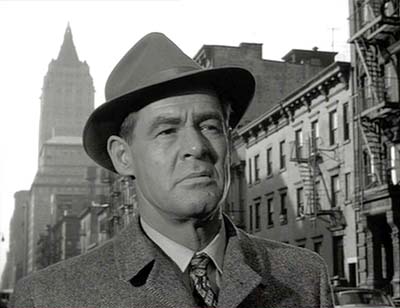
In these sketches Jim Smith demonstrated a perfect example of viewing observation from reality, in this case the acting of Robert Ryan, and he applied it to a generic cartoon dog. In order to gain an understanding of how the design of the character worked, Jim did studies of a dog character from a Dan Gordon comic.
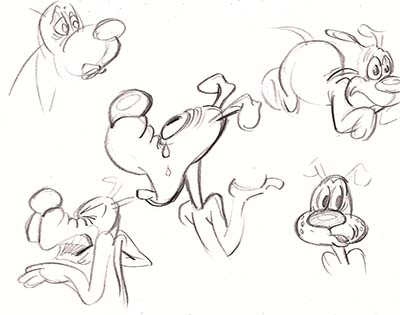
He then researched Robert Ryan’s performance in the 1951 film, “The Racket”, and sketched several facial studies.
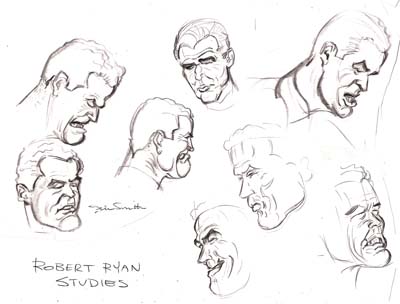
He applied his knowledge of the dog design, then overlaid specific expressions based on his Ryan studies. These expressions breathed new life into the character, giving his acting entirely new levels of distinctiveness.
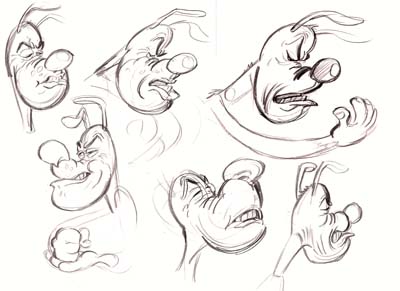
Take a look at how the features which make up Robert Ryan’s face match the dog’s exactly (ie. The jaw, cheeks, eyebrows, etc). He was able to create new eye and mouth shapes based on his findings. Beautiful execution! This is an incredibly sophisticated process, which takes a complete understanding of not only cartoon construction but a mastery of the human figure as well. Jim’s knowledge of both is what allows him to execute such a complex amalgam of unique cartooning.
A specific expression isn’t simply eyebrows up or down to convey an emotion on a characters face. It isn’t just a generic happy or sad character. In fact, based on these drawings one can make the observation that it uses the entirety of the face, even when shapes are at rest, to put forth an expression that is totally unique and functions within the context of a scene.
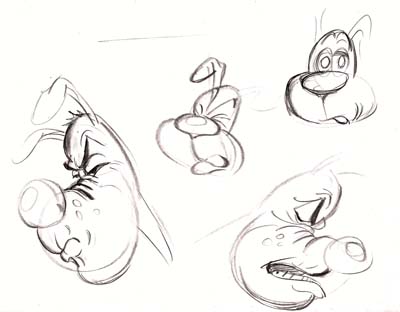
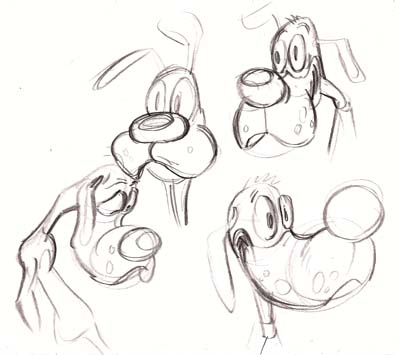
The drawing on the bottom left looks as though it’s a combination of a cartoon shape and anatomical elements.
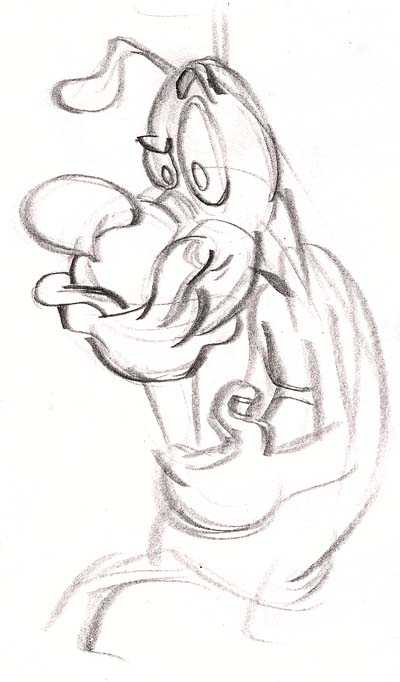
To those studying these drawings: Don’t just redraw these poses! The lesson to take away from this article is how to get to the point of an expression. Experience drawing both cartoon characters and real human beings is important. Once you have an understanding of how a fundamental principle works, apply it to another. Try taking an existing actor with wild expressions and apply them to a generic classic cartoon character (ie. Jerry Mouse, Tom Cat, Elmer Fudd, etc.). You’ll learn a lot about acting and design this way, especially what a character needs in order to emote.
I invite you to share your studies in the Animation Creative League Facebook group. That way, we can all learn something from each other.
JoJo Baptista
Director of Education
Animation Resources









 by
by 
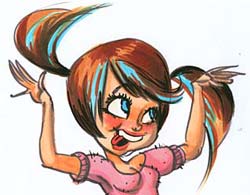
![]() A few years ago we had a visit by animation designer, Katie Rice. Katie is the latest in a long line of artists like Grim Natwick, Freddie Moore and Mary Blair… she specializes in drawing girls.
A few years ago we had a visit by animation designer, Katie Rice. Katie is the latest in a long line of artists like Grim Natwick, Freddie Moore and Mary Blair… she specializes in drawing girls.













